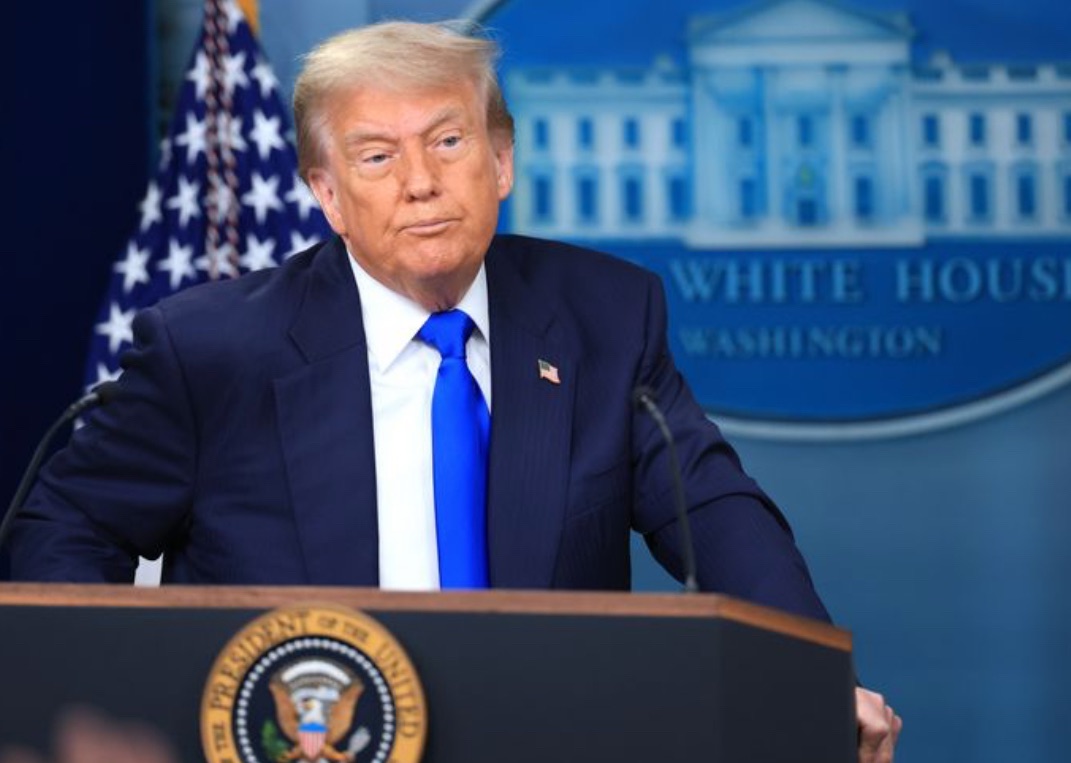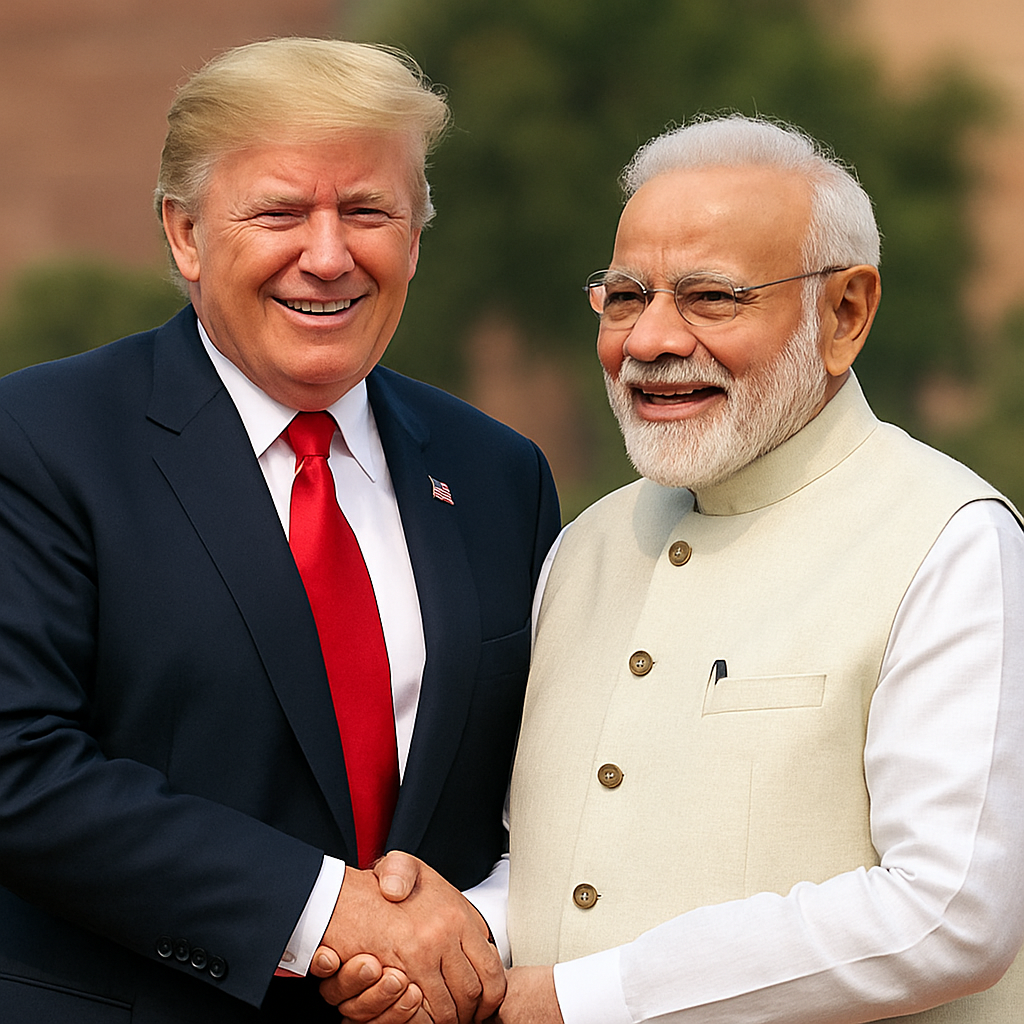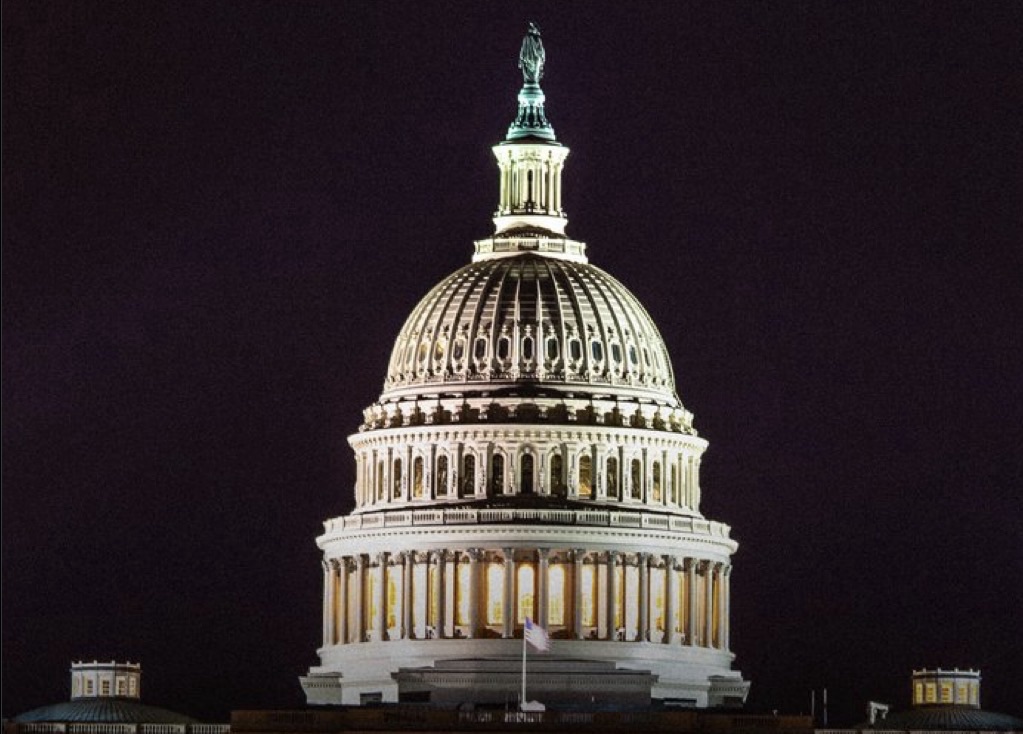
Trump’s New Tariffs Go Live: What It Means for America and the World
As of August 1, 2025, President Donald Trump’s sweeping new trade tariffs on Canada (35%), Mexico (30%), and the European Union (30%) officially go into effect. The announcement, made weeks ago, has already caused significant ripples in global markets, strained diplomatic ties, and sparked intense debate within the United States.
The administration claims these tariffs are necessary to “rebalance unfair trade relationships,” reduce drug trafficking (especially fentanyl from Mexico), and “bring jobs back to America.” But critics argue this move could trigger a global trade war and raise prices for everyday Americans.
📈 What Are the Tariffs and Who’s Affected?
The tariffs target imports of manufactured goods, automobiles, aluminum, steel, and certain food products from:
Canada (35%) Mexico (30%) European Union countries (30%)
The industries hardest hit will include:
Automotive sector – car prices could skyrocket. Agriculture – U.S. farmers fear retaliation. Retail & electronics – higher costs on imports mean more expensive consumer goods. Construction & infrastructure – materials like steel and aluminum will cost more.
According to the U.S. Chamber of Commerce, over $340 billion worth of goods are now subject to the new tariffs.
🔥 Why Now?
President Trump, who has made trade protectionism a core feature of his economic agenda, tied the tariffs directly to several geopolitical flashpoints:
Canada: Trump accuses the country of “profiting off American defense and exporting illegal migrants across the northern border.” Mexico: Tariffs are framed as punishment for “failing to stop fentanyl production and trafficking.” EU: The administration alleges “decades of unfair subsidies and anti-U.S. tech regulations.”
“This is not just about trade,” Trump declared at a rally in Ohio. “This is about taking back our economy, our jobs, and our future.”
💥 Immediate Reactions from Allies and Economists
🇨🇦 Canada:
Prime Minister Justin Trudeau called the tariffs “an attack on North American cooperation” and vowed retaliatory tariffs on American dairy, beef, and tech imports.
🇲🇽 Mexico:
President Claudia Sheinbaum stated the move is “unjustified and harmful,” and hinted at challenging the decision through international trade courts.
🇪🇺 EU:
European Commission President Ursula von der Leyen labeled the tariffs “reckless” and is planning tariffs on U.S. pharmaceuticals, luxury goods, and tech services.
💬 Economists’ Take:
Top economists warn of:
Inflation: The tariffs could increase consumer prices by 2.5% to 4% within 3 months. Recession risk: JPMorgan analysts raised the probability of a U.S. recession to 45% by end of 2025. Supply chain disruptions: Especially in the auto and construction sectors.
👨👩👧👦 How Will This Impact the Average American?
The impacts will be felt in nearly every household:
Cars: Average new vehicle prices could rise by $3,000 to $6,000. Food: Meat, cheese, wine, and other imported staples will see noticeable price hikes. Retail: Electronics, clothing, and even toys made abroad will cost more. Jobs: While Trump says tariffs will boost U.S. manufacturing, history suggests job losses in export-dependent sectors could outweigh gains.
A recent Pew survey shows 53% of Americans oppose the tariffs, while 41% support them, largely along party lines.
🗳️ Political Fallout
This decision is seen as a high-stakes gamble for Trump as he ramps up his re-election campaign. While it may energize his base, it could alienate moderates and suburban voters who will feel the financial pinch.
Democrats have already launched a nationwide response campaign called “Organizing Summer”, targeting battleground states and accusing the administration of “economic sabotage.”
President Biden, speaking at a press event, called the move “dangerous and desperate,” warning that “working-class Americans will pay the price for Trump’s political theater.”
🌍 Global Implications
Trade wars rarely stay contained. The tariffs could:
Trigger retaliatory tariffs from dozens of countries. Destabilize global markets – already, the Dow Jones fell 900 points this week. Disrupt multinational supply chains, especially for U.S. tech and auto companies. Encourage China and Russia to form deeper trade alliances with affected nations.
IMF Director Kristalina Georgieva warned, “These tariffs threaten the stability of global trade at a time when cooperation is more important than ever.”
🤖 Could AI & Robotics Fill the Gap?
Some analysts argue that automation could offset the costs of reshoring production. Tesla, Ford, and several U.S. manufacturers have already announced massive investments in AI-driven factories. But critics warn that these jobs won’t go to displaced workers — they’ll go to machines.
So while Trump promotes “bringing jobs home,” the reality may be a reshoring of robots, not workers.
🔚 Conclusion
As America enters another chapter of economic nationalism, the effects of these sweeping tariffs will unfold over the coming weeks and months. What’s clear is that today marks a significant shift in how the U.S. engages with the global economy — one that may define the 2025 election and reshape America’s economic future for years to come.
🧠 Key Takeaways
Trump’s tariffs officially begin August 1, 2025, on imports from Canada, Mexico, and the EU. Economists warn of inflation, higher prices, and a possible recession. The move has triggered fierce backlash from U.S. allies and global leaders. Politically, it’s a gamble that could energize Trump’s base or backfire at the polls. Global trade may be entering a period of prolonged instability.







